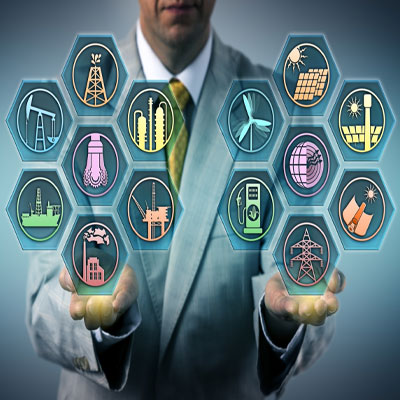
Energy Transition: Critical Raw Materials and Hydrogen
rai
Europe, with the Green New Deal, is a candidate to become the first continent in the world with zero climate impact in 2050. The transition towards a climate neutral society will involve different sectors of society and the economy: energy, industrial, mobility and transport, civil, financial and regulatory. To achieve the challenging objectives, the EU has adopted various strategies over the years:
- in July 2020 "Strategy for the Integration of Energy Systems, or the "Hydrogen Strategy" and issued various laws that outline the path and define the priority actions and initiatives for achieving the targets, recently adopted,
- in March 2023, the law on zero-emission industry "Net-Zero Industry Act" which aims to increase the production of technologies fundamental to achieving climate neutrality, such as wind turbines, solar panels, batteries and electrolysers, heat pumps;
- and the law on critical raw materials "Critical Raw Material Act", a package of measures that aims to guarantee a "safe, diversified and sustainable" supply of fundamental raw materials for energy transition technologies.
In each of the strategies or acts cited, hydrogen technologies play a key role: in fact, the European Union indicates hydrogen as one of the enabling factors for the decarbonisation of the energy system.
However, at the same time it unilaterally indicates the technology responsible for production: electrolysers. A choice criticized and rejected by the Court of Auditors of the European Union itself as it risks creating new dependencies on third countries (with the supplies of Critical Raw Materials precisely to build the equipment) and in any case does not produce the quantities necessary to fulfill the requests for Hydrogen.
Why hydrogen?
Hydrogen is the first element in the periodic table and is, therefore, the lightest; it is more easily stored in the long term than electricity; it is reactive, has a high energy content per unit mass and can be produced on an industrial scale and from different sources. Hydrogen could be defined as a Strategic Prime Material
But above all because it can generate "clean" energy without any associated emissions of carbon dioxide (CO2) into the atmosphere.
So what are its potential applications, what is its role compared to other energy carriers, how and why can it enable the widespread penetration of renewable sources and what are the prospects for development in Italy and Europe?
Currently, there is a lot of sponsorship for the production of green hydrogen; defined as green because the electricity used to produce it must come from renewable sources, solar panels or wind turbines, which subsequently, with the aid of electrolysers (built with critical raw materials) which require water, transform everything into hydrogen, and for every liter of green hydrogen must necessarily burn approximately 150 liters of water and 45 kWh.
We would need a technology that produces large quantities of hydrogen without having to resort to nuclear technology, a technology that does not lead to new dependencies on third countries, and does not deprive the world of water.
Tag
menu